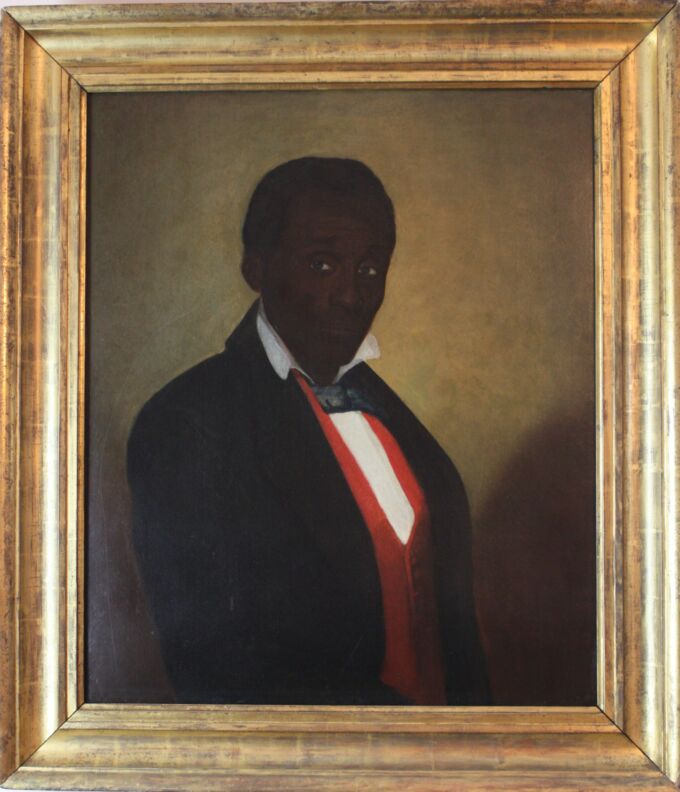February 26, 2021
Dickson Lecture to address racialized representation in the antebellum South

Dr. Jennifer Van Horn, associate professor of art history and history at the University of Delaware, will give a lecture, “Painted Afterlives: Enslavement and Representation in the Antebellum South,” as part of the Department of Art History’s Dickson Lecture Series at 6 p.m. on Thursday, March 4, via Zoom. The lecture is free but registration is required here.
In her lecture, Van Horn will address how portraits from the antebellum South form a racialized visual archive, because white enslavers had access to representation and enslaved people did not. However, a handful of depictions of enslaved sitters produced in 1840s Mississippi and Louisiana complicate this claim. Portraits of Delia, Frederick and Homer Ryan—an enslaved maid, butler and driver—were commissioned by their enslavers and displayed in plantation parlors. According to Van Horn, these representations invite us to question the material and visual afterlives of enslavement. They spur us to ask whether such ghosts in the archive—paintings made without a person’s consent that trafficked their personhood—can ever be redeemed.
Van Horn is the author of The Power of Objects in Eighteenth-Century British America (2017), a finalist for the George Washington Prize. Her second book, Portraits of Resistance: Activating Art During Slavery, is forthcoming from Yale University Press (2022). That project was supported by fellowships at the Center for Advanced Study in the Visual Arts (CASVA) and the Smithsonian American Art Museum/National Portrait Gallery. In 2019 she was awarded the National Portrait Gallery’s Director’s Essay Prize for her essay in The Art Bulletin.
Credit: C. R. Parker (attr.), Portrait of Frederick, 1830-1840. Private collection. Image: Classical Institute of the South. The Historic New Orleans Collection.
